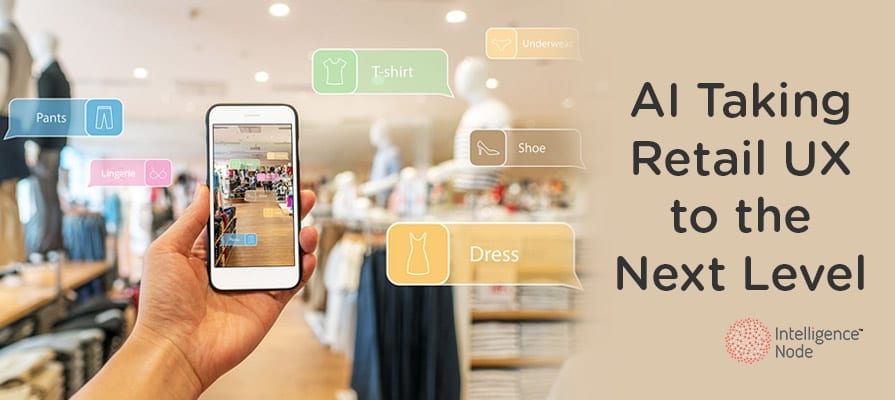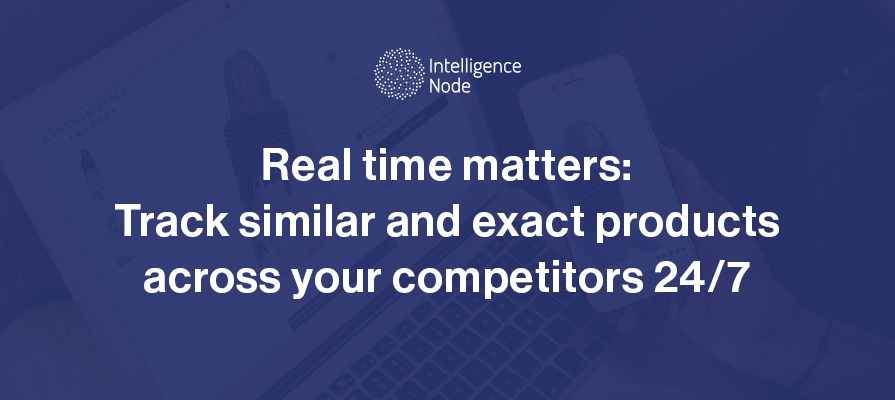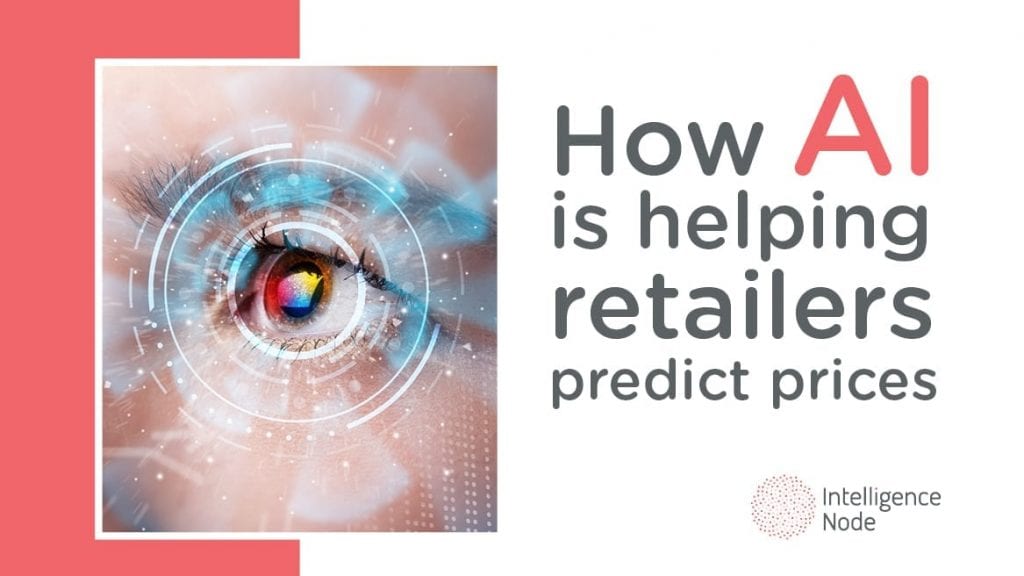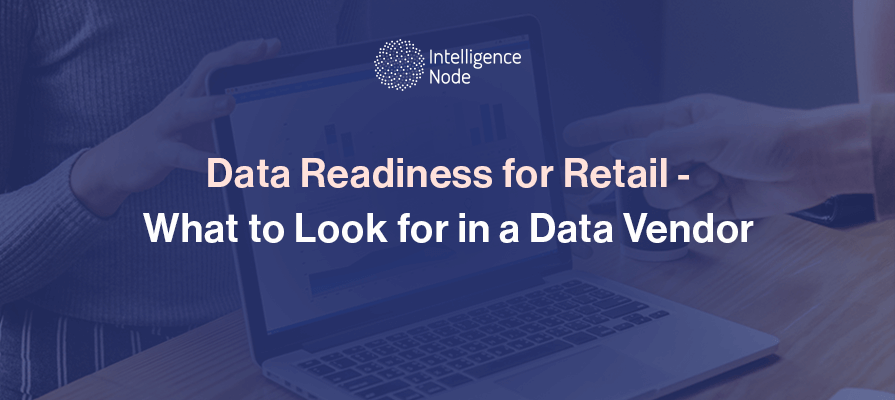Geeky has never been so glamorous.
To help shoppers find fashions that fit their bodies, budgets and styles, more retailers are turning to artificial intelligence (AI). As one of today’s hottest technology trends, AI translates vast volumes of retail big data into rich, actionable insights, so executives can make smart decisions faster.
AI has evolved into a strategic asset in retail, as the sector faces overwhelming upheaval. Amid the blistering pace of innovation, and empowered consumers who expect omnichannel excellence, affordable fashions and personalized marketing, AI guides retailers by delivering fact-based intelligence to delight shoppers.
AI and retail: A perfect fit
Today’s retailers and brands are drowning in data and struggling to make sense of the abundance of information on their own. AI solves this problem by offering “a cheaper, faster way of doing many tasks that companies currently employ humans to do,” like simplifying complex data analytics.
Companies also embrace AI to improve agility, top-line performance and customer service – all while lowering costs. For instance, retailers gain greater accuracy in predicting a consumer’s style at the exact moment an individual is shopping, leading to more sales, fewer returns and improved stocking ability.
These business benefits explain why 45% of retailers expect to use AI within 3 years.
Elevating CX to the next level
AI can also help consumers, who simply want “to buy stuff as quickly and easily as possible.”
Fashion retailers and brands can make the customer experience pleasant by applying AI to gain data insights down to the individual shopper level, which makes the experience more consumer-centric, relevant and personalized than ever before.
Whether a shopper’s look is casual chic, vintage inspired or haute couture, AI allows lets them perform easy product searches, so consumers discover fashions they will actually buy, saving them time and effort.
For instance, AI can help individual shoppers find the perfect pair of jeans by tracking their sales history, online browsing and Instagram likes for a seamless shopping experience.
7 ways AI is revolutionizing retail
Here are 7 ways AI innovations make life easier for fashion companies and fashionistas alike.
- The fastest way to find your look: AI-driven visual search helps shoppers to promptly find their desired fashions. Pinterest recently launched a visual search tool called Lens, which uses machine vision to detect items on the web or in the Pinterest library and suggest related items – like a Shazam for products. Neiman Marcus launched the AI-driven Snap. Find. Shop. mobile app; customers use their smartphone cameras to take pictures of an item they like and the app displays similar items from the store’s inventory. Retail brands using visual search for a superior online shopping experience include Asos, John Lewis, Shoes.com, Nordstrom, Hook (an aggregator of all brands) and Urban Outfitters.
- Hyper-personal product recommendations: For individualized service, IBM Watson partnered with The North Face to ask shoppers questions about their gender, time of year and technical product details, to tailor product recommendations. Blending AI and a human touch, style service Thread asks customers to complete a questionnaire and upload images of themselves. A stylist reviews the information to understand each client’s needs and uses the company’s AI algorithm to sort through thousands of products for personalized style suggestions.
- Unprecedented omnichannel service: Farfetch, the world’s top luxury online marketplace, uses AI to improve supply chain visibility. AI helps Farfetch’s partners, including 1,500 boutiques and over 200 brands, link their online inventory with inventory in their physical stores, and deliver services like click-and-collect and in-store returns. Also, AI-driven bots help retail companies engage consumers across channels, like Facebook, Slack or a retailer website. Burberry launched a Facebook Messenger bot during London Fashion Week to offer exclusive glimpses of the new collection before the runway debut, plus live customer service so users could buy the clothes immediately.
- A savvy social sales assistant: Pinterest also launched Shop the Look, a machine learning tool that identifies pinned items shoppers can buy, including fashions from major retailers. The insightful data analytics from Shop the Look can also tell retailers whether a sponsored post on the social media platform results in a sale.
- Shop like a stylist:
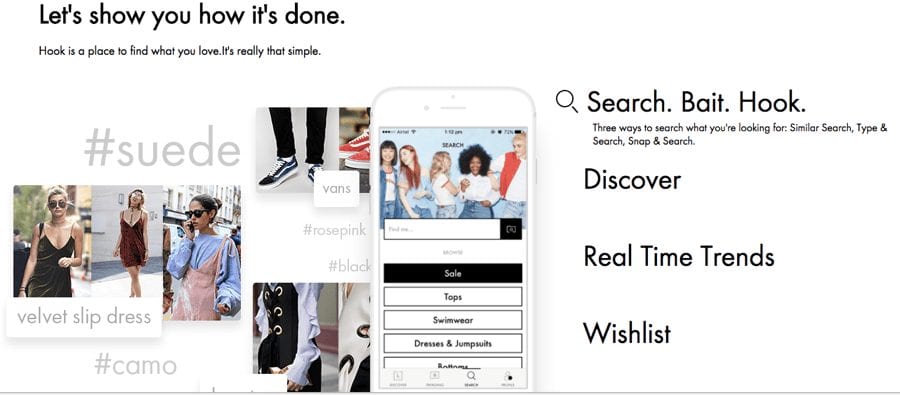
To give tech-savvy, fashion-conscious millennials and Gen Zs a mobile personal stylist, the Hook team at Intelligence Node created the first AI-generated fashion feed for consumers. Hook learns, in real time, what a shopper likes just by analyzing which product images the individual has liked or added their online wishlisted, so shoppers find items they love, fast. The app sends shoppers real-time price drop alerts on their wishlisted or liked products. Hook helps consumers shop like a sophisticated stylist by gaining unprecedented search capability to find a specific item they want with a single view of the item across brands so they can compare prices and get the best deal. - The ultimate trendspotter: To give retail companies certainty on up-to-the-minute fashion trends, AI can crawl eCommerce sites to pinpoint exactly which products are most visible. AI can also crawl social media sites to identify trends, helping brands be first to market with popular styles. Intelligence Node built the world’s most comprehensive retail crawling framework – like a ‘Google’ for fashion. The system crawls more than 1000 (?) websites and maps one billion products from 130,000 brands in 1400 categories in real time, using AI and machine learning for image recognition to rapidly process and make sense of the abundant retail market data.
- The best way to ensure the price is right: Big data tools like Incompetitor ™ help retailers maintain a competitive pricing strategy, combining AI and machine learning. Retailers integrate this API into a brand’s data, so there’s a rules-based engine that keeps prices optimized, depending on real-time external factors like inventory, competitors’ out-of-stock situations and discounts. This integration allows retailers to optimize their price and, for instance, ensure they always sell a specific SKU 10% cheaper than Amazon.
(let’s think how to replace In competitor ™ with Hook analytics giving retailers real-time intelligence on the consumer’s voice and preferences).
AI-driven tools like Hook analytics helps retailers gain a deep understanding of each shopper as a unique individual. They help retail companies understand a shopper’s size, and preferred styles, colors and price points. AI takes this combination of data and translates it into real-time intelligence that reflect product recommendations at prices that make the shopper more likely to add them to their cart. This deep consumer knowledge matched with relevant products and pricing help the shopper feel understood – and more willing to buy.
To avoid getting left behind during this period of digital transformation, fashion companies should be injecting artificial intelligence into their business strategy. AI simplifies retail big data, which helps companies improve their processes and bottom line – while keeping shoppers happy, loyal and chic.
We’ll be up looking at the data while you’re chasing bigger targets. Optimize your fashion business and always stay ready for the New Age Shoppers. Get a free assessment.
